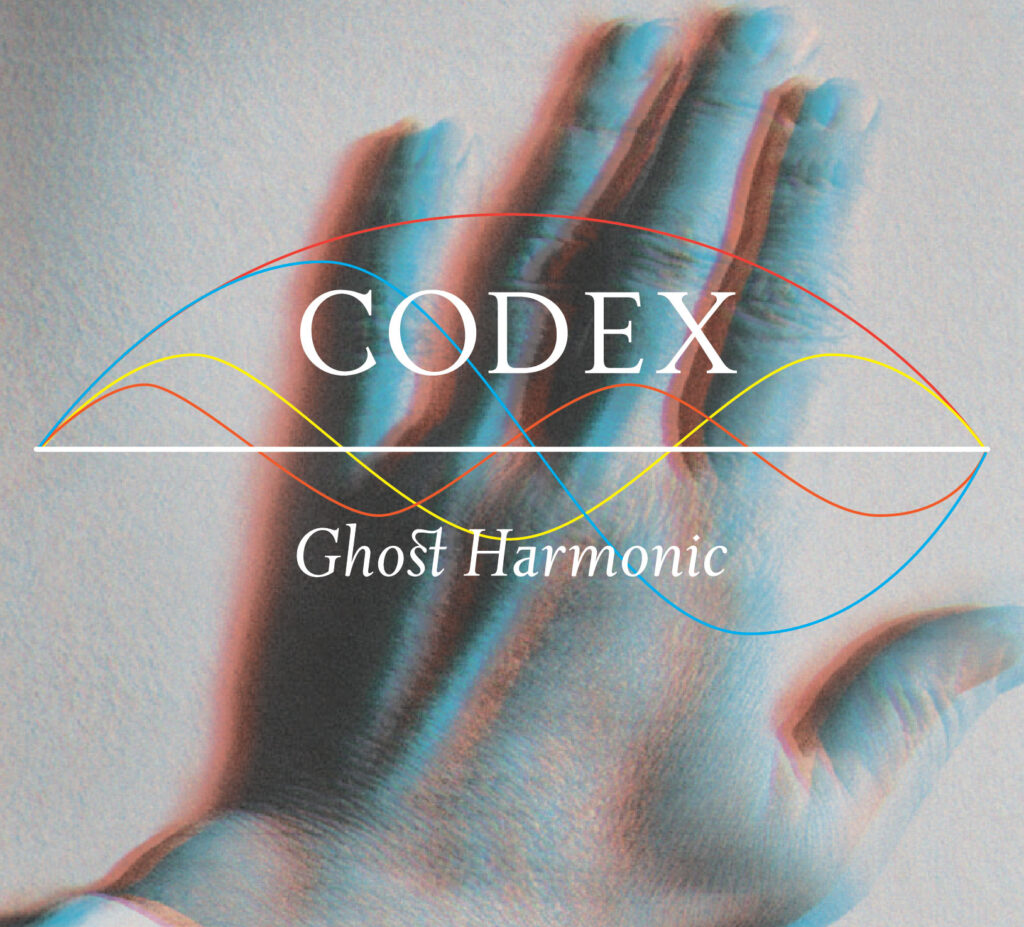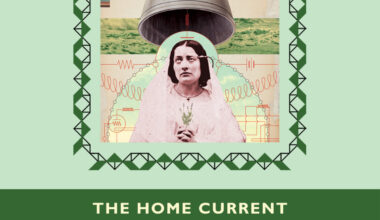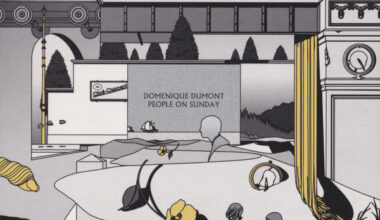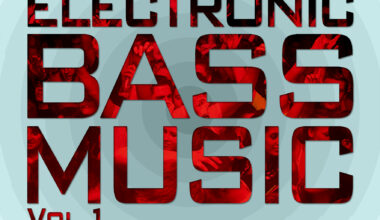John Foxx embarks on a new foray into the ambient unknown with Benge and Diana Yukawa

Throughout John Foxx’s distinguished career, one release stands out as being utterly peerless. It arrived in 1997 and was titled ‘Cathedral Oceans’. Foxx had actually been working on the album since the early 1980s, yet Virgin abandoned the project due to their apparent disinterest in an album of choral samples and drifting, deeply atmospheric ambiences.
If any record could redefine an artist, this was it. Foxx would later revisit the theme on the slightly less impressive ‘Cathedral Oceans II’ and ‘III’, but these releases, along with his excellent ambient double album project with Harold Budd, were recorded over a decade ago. Since then, Foxx has almost returned to source, piloting the sort of analogue-driven electronic pop that he’s been best known for since his populist emergence at the dawn of the 80s.
Always open to collaboration, however, the release of ‘Codex’, under the collective pseudonym Ghost Harmonic, sees Foxx once again devlving into some of the themes he explored on ‘Cathedral Oceans’, albeit from a slightly different vantage point. His accomplices here include vintage synth archaeologist Benge (aka Ben Edwards), who has worked alongside Foxx on numerous releases as John Foxx & The Maths, and Japanese-born British solo violinist Diana Yukawa. The main difference between ‘Codex’ and ‘Cathedral Oceans’ is the shift in focus from time-stretched Gregorian chants to Yukawa’s graceful, yearning string instrument.
Having spent the last two years at Benge’s MemeTune Studios in Shoreditch, east London, this fascinating combination of talents has been working towards Foxx’s monastic explorations of the 1990s, amalgamating Yukawa’s violin and Benge’s analogue sonics with Foxx’s deeply textured architectural mastery. The five lengthy tracks – lasting anywhere between five and 17 minutes – provide tidal waves of blissful solitude, elongating nuanced choral incantations and smooth, layered synths with gently undulating violin. The result is serenity to the max, as surges of sumptuous sound roll with oceanic tranquility towards the listener. Once each track embarks on its ethereal journey, there are only subtle changes of direction within.
The only exception is ‘Dispersed Memory’, a disquieting piece magnified by its raft of cavernous echoes and field samples. It carries a peculiar calm, despite its sombre haunt. This somewhat bleeds into the following ‘When We Came To This Shore’, the darkness slowly transforming to light, then fading before the full bloom of the achingly beautiful title track brings the album to a close.
Although the evocative peaks of ‘Codex’ never quite reach the heights of John Foxx’s mid-90s magnum opus, this is as close as he’s ever come to emulating it.





